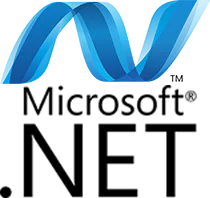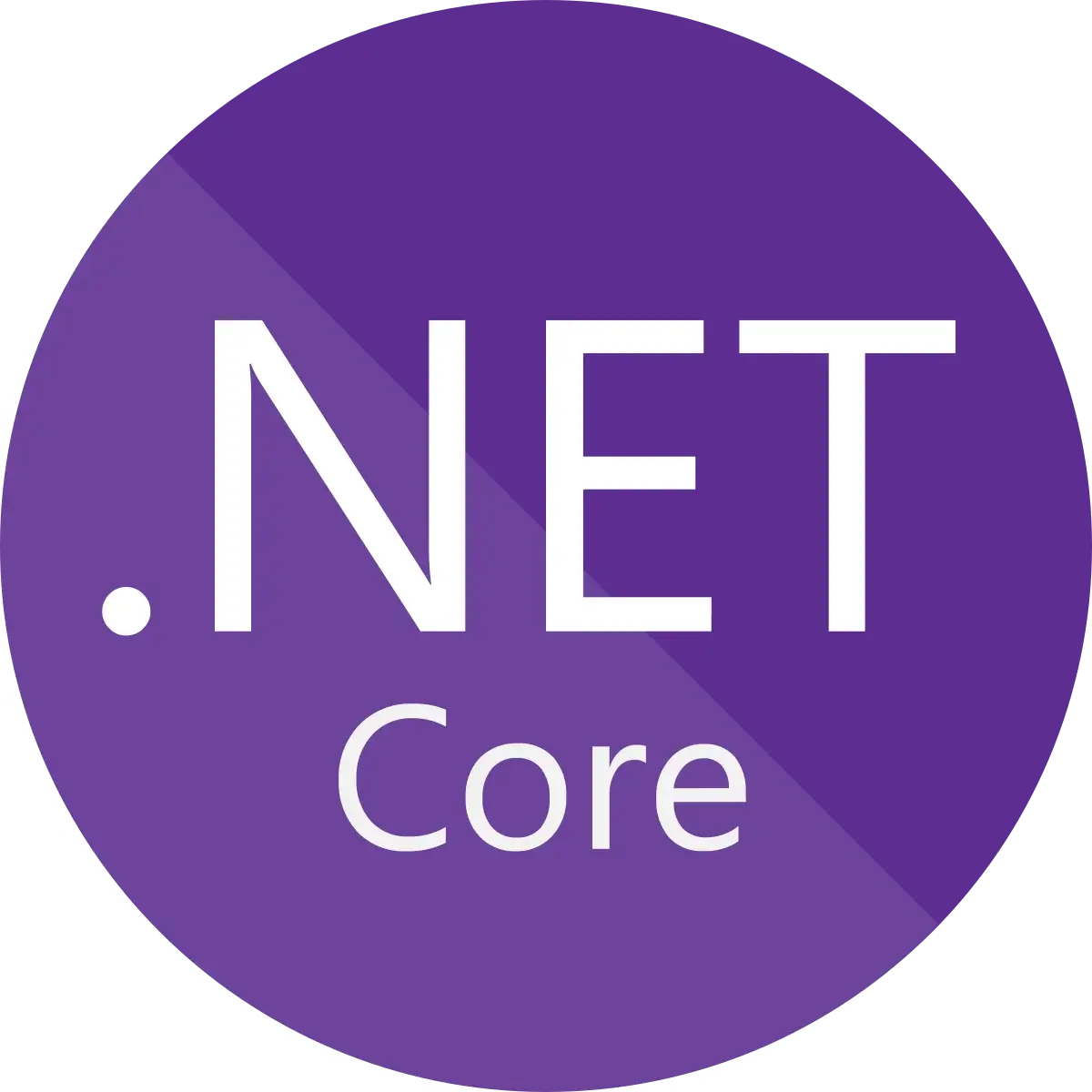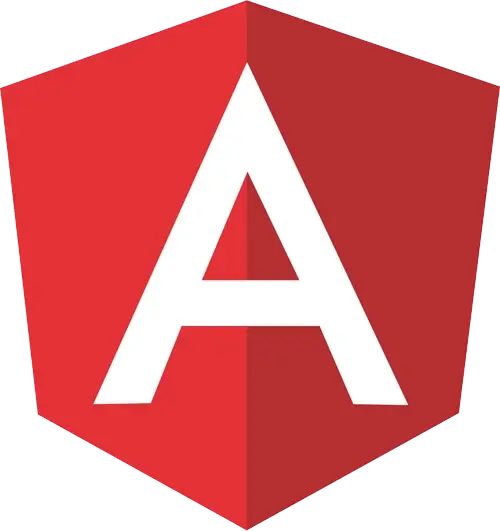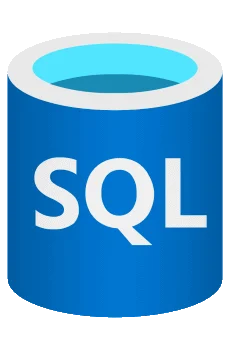How Devessence built a scalable audit platform for a global firm – unifying workflows, replacing legacy tools, and enabling secure, data-driven financial audits worldwide.
Product
Financial audit web platform
Vertical
Professional services
Client
Multinational professional services firm
Buyer persona
Client’s employees
Provided services
User Experience Design, Architecture, Application Development, Project Management, Functional Testing, Automation and Regression Testing, DevOps
Technology
.Net Framework, .Net Core, SQL Server, WebAPI, MVC, Angular 6, Silverlight (legacy), PowerBI, TypeScript, SCSS, Google Analytics
The Challenge: Fragmented Tools, Inconsistent Workflows, and Limited Scalability
A global leader in professional services approached us with a significant operational challenge: their internal audit process had become overly complex and difficult to scale across regions.
Each regional office used its own tools – outdated Silverlight apps, Excel spreadsheets, or local custom-built solutions. This patchwork approach created several issues:
– Audit inconsistencies across teams and geographies.
– Inefficient collaboration, with limited visibility into status or progress.
– High operational costs due to redundant manual work.
– No clear path to scale or modernize under one unified architecture.
The client needed more than just a technology upgrade. They were looking for a strategic partner who could understand the complexities of financial auditing, deliver a secure and modern web platform, and build a flexible foundation that would support continuous expansion.
Just as importantly, the solution had to be scalable and intuitive enough to ensure successful adoption across multiple international offices. That’s where we stepped in.
The Objective: Build a Unified, Audit-Ready Platform with Global Reach
The task was clear: create a secure, cloud-ready, and highly customizable audit platform that streamlines workflows, ensures consistent audit quality, and is easy to extend with new modules.
We aimed to:
– Digitize and centralize audit processes for all regional teams.
– Replace legacy components (including Silverlight) with modern technologies.
– Create a modular, reusable architecture for adding specialized audit modules.
– Improve collaboration, visibility, and data insights for auditors and management.

The Solution: Strategic Design + Proper Technical Stack
Once the brief was finalized, we started development with close collaboration between our team and the client’s technical department. Together, we mapped out the business logic and structure of the future solution.
The goal was to build a platform that provides auditors and managers with a comprehensive view of financial data, including income, expenses, realized gains, and losses, and enables them to generate structured audit reports.
For the pilot phase, the client aimed to replace several disconnected tools with one unified system. Our platform would become the auditor’s primary workspace, bringing everything into a single, streamlined environment.
Unifying data from global offices
One of the first challenges was handling client data. Each regional office had its own systems, formats, and data providers. To simplify onboarding and ensure consistency, we developed a custom data import mechanism. This tool allows teams to upload and standardize information from different sources, regardless of origin.
Security was critical. Because the platform handles highly sensitive financial data, we built it within a fully protected perimeter that ensures compliance and data integrity across the entire process.
A flexible core for custom workflows
Once imported, data is processed by the platform’s internal engine. This mechanism includes a dedicated API, which supports integration with third-party tools and allows advanced customization.
We understood that managers often need more than built-in workflows to complete their tasks. That’s why the platform supports the creation of custom components, whether it’s generating specialized reports or automatically searching for audit outcomes based on predefined templates. This flexible architecture empowers each team to tailor the system to their needs while maintaining a unified core.
Key Features Delivered
1. Centralized audit management
Auditors can now create, manage, and review audit engagements in one platform, regardless of region. Real-time notifications keep teams aligned, and built-in version control ensures transparency.
2. Custom audit modules
The platform was designed to grow. Each audit domain (e.g., financial, compliance, or investment-focused) can be added as a separate module. These modules share a common infrastructure while retaining unique workflows.
3. Share class management module
We delivered a specialized module tailored for a European office to manage Share Class audits. It included:
– Secure data entry and tracking.
– Customized workflows based on regional regulations.
– Seamless integration with the main audit platform.
This was a proof point for how flexible and reusable our architecture was—modules can be created and deployed quickly without affecting core performance.
4. Data-driven insights
We embedded Power BI dashboards directly into the platform to give managers a clear, real-time view of audit performance. Through these dashboards, they can monitor audit status across different regions, identify recurring issues or anomalies, evaluate how quickly audits are being closed, and track key performance indicators related to audit quality and risk.
The Result: A Future-Proof, Enterprise-Ready Audit Platform
Thanks to our collaboration, the client now benefits from:
Standardized audit workflows across offices, reducing errors and inconsistencies.
Improved auditor productivity through streamlined, automated steps.
Global visibility into the audit process with real-time reporting.
Modular architecture that enables rapid deployment of new features and regional customizations.
Long-term scalability – from local offices to global enterprise use.
Tech Stack

.NET Framework

.NET Core

Angular

SQL Server

TypeScript

PowerBI